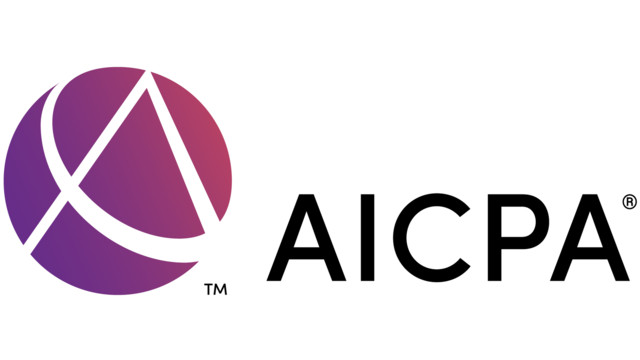AICPA Comments on Guidance RE: Adjustments Attributable to Conversions from S Corp to C Corp
The AICPA stated in its letter to the IRS, “Failure to apply section 481(d) to QSubs owned by an eligible terminated S corporation effectively means that section 481(d) will apply only to S corporations to the extent that their operations are not ...
Aug. 21, 2019

The American Institute of CPAs (AICPA) has submitted comments to the Internal Revenue Service (IRS) requesting expeditious guidance concerning adjustments attributable to conversions from S corporation to C corporation under section 481(d).
The AICPA recommends that Treasury and the IRS should provide administrative guidance on the potential application of section 481(d) to receivables owned by the newly formed corporation that results from the termination of a qualified subchapter S subsidiary (QSub) election with respect to a subsidiary owned by an eligible terminated S corporation.
The Tax Cuts and Jobs Act (TCJA) provides for a reduction in the income tax rates imposed on C corporations under section 11(b). Given the significance of the reduction, Congress anticipated that some S corporations might revoke their S elections and convert to C corporation status to benefit from the reduced corporate tax rate. In many instances, an S corporation on the cash method of accounting that converts to a C corporation is required to change its overall method of accounting to an accrual method of accounting.
The AICPA stated in its letter to the IRS, “Failure to apply section 481(d) to QSubs owned by an eligible terminated S corporation effectively means that section 481(d) will apply only to S corporations to the extent that their operations are not conducted through QSubs. The acceleration of income, if section 481(d) does not apply, would severely limit the application of section 481(d) and would subject similarly situated taxpayers to two different sets of rules. This process appears contrary to congressional intent in enacting section 481(d), which presumably was to ease the federal income tax burden associated with converting from S corporation to C corporation status in response to the TCJA’s reduced corporate income tax rate.”
